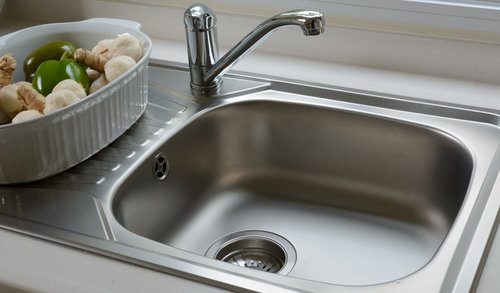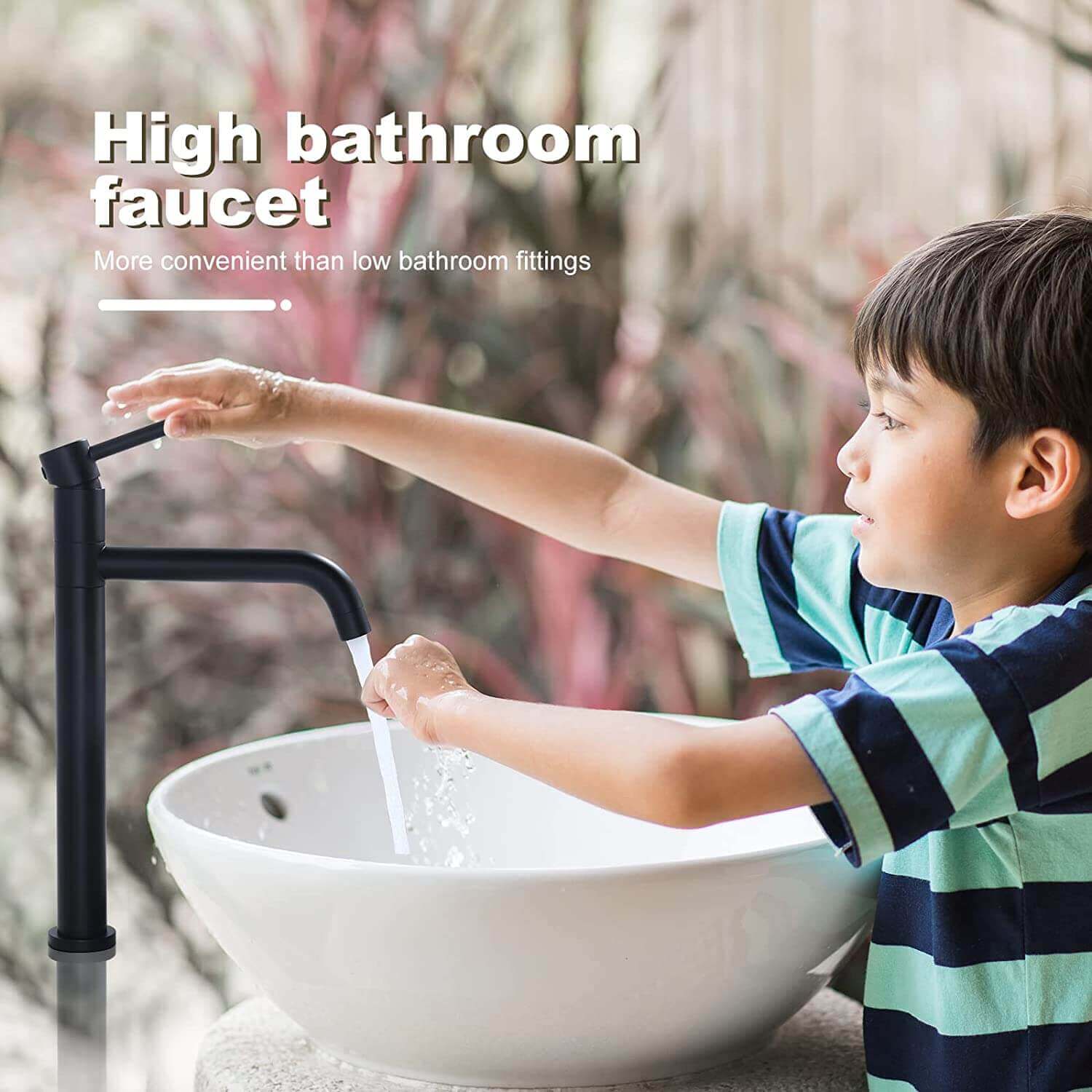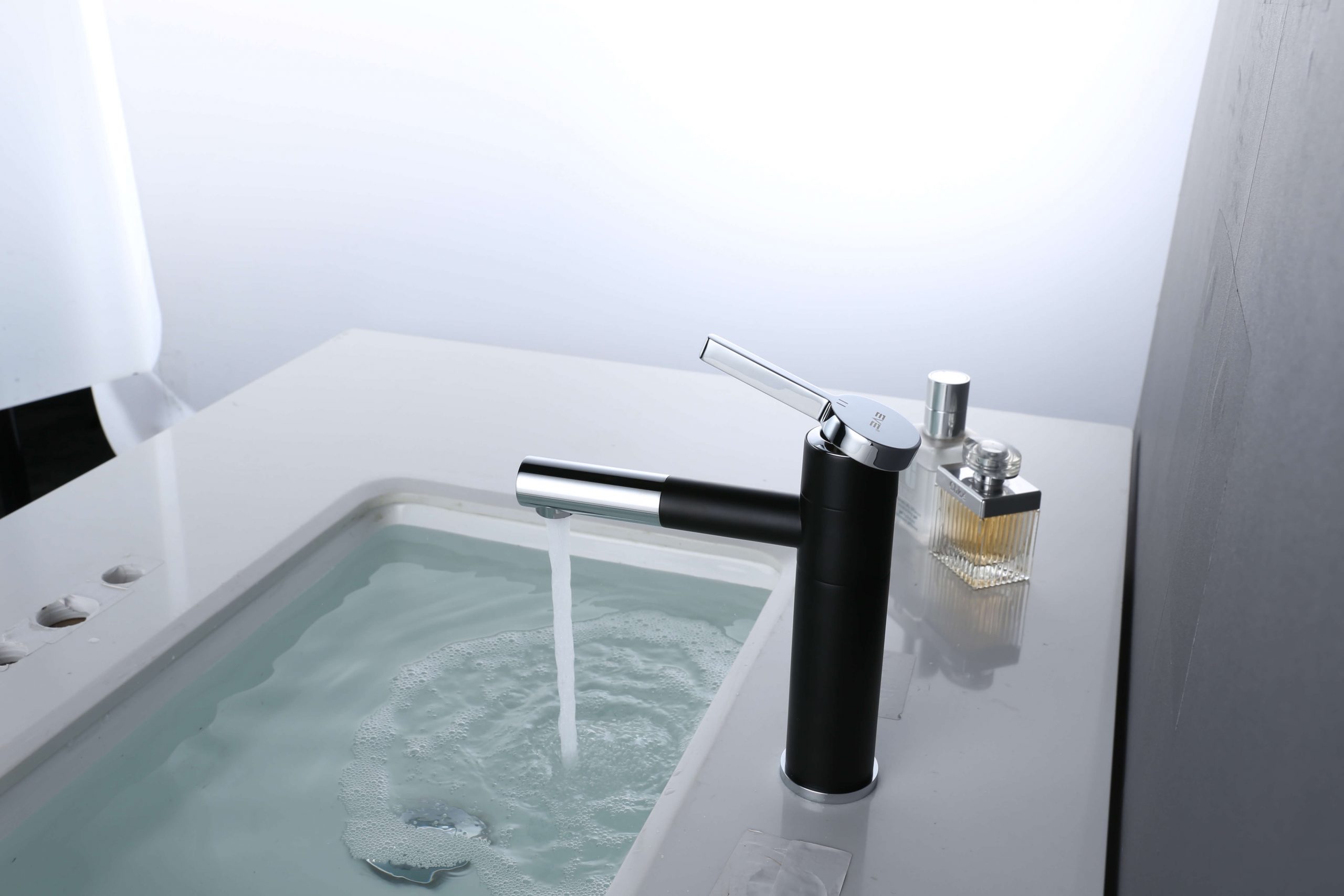
The kitchen sink is not only a functional necessity but also a design element that can significantly impact the efficiency and aesthetics of your kitchen. When it comes to selecting a sink, one of the primary decisions you’ll face is whether to opt for a single bowl sink or a double bowl sink. Each style has its advantages and drawbacks, and the choice ultimately depends on your preferences, cooking habits, and the layout of your kitchen. Let’s delve into the pros and cons of single bowl sinks and double bowl sinks to help you make an informed decision.
Single Bowl Sink: Streamlined Simplicity
A single bowl sink features a single, large basin, offering simplicity and versatility in its design. Here are some of the key benefits of single bowl sinks:
- Ample Space: With no divider to contend with, single bowl sinks provide ample space for washing large pots and pans, making them ideal for homeowners who frequently cook or entertain.
- Ease of Cleaning: The lack of dividers and crevices in single bowl sinks simplifies cleaning, allowing for effortless scrubbing and maintenance.
- Accommodates Oversized Items: The spacious basin of a single bowl sink can easily accommodate oversized cookware and baking sheets, making it convenient for handling bulky items.
- Maximizes Counter Space: Because single bowl sinks take up less space than their double bowl counterparts, they can help maximize counter space in smaller kitchens or areas with limited layout options.
However, single bowl sinks also have some drawbacks to consider:
- Limited Multitasking: Without a separate basin, multitasking can be challenging in a single bowl sink. For example, you may find it inconvenient to rinse dishes while soaking others.
- Less Organization: The absence of dividers can lead to less organized washing and rinsing, as there’s only one basin available for all tasks.
Double Bowl Sink: Versatility and Efficiency
A double bowl sink consists of two separate basins of equal or different sizes, offering versatility and functionality. Here are some of the advantages of double bowl sinks:
- Separation of Tasks: With two basins, double bowl sinks allow for simultaneous washing and rinsing, making meal preparation and clean-up more efficient.
- Enhanced Organization: The divided design of double bowl sinks promotes better organization, allowing you to designate one basin for washing and the other for rinsing or food preparation.
- Flexible Configuration: Double bowl sinks come in various configurations, including equal-sized bowls, unequal-sized bowls, and even triple bowls, providing flexibility to suit your specific needs and preferences.
- Supports Multiple Users: In households with multiple users, a double bowl sink can accommodate different tasks simultaneously, improving workflow and reducing congestion at the sink area.
However, double bowl sinks also have some drawbacks:
- Limited Space: The presence of a divider reduces the usable space in each basin, making it challenging to wash larger items or accommodate oversized cookware.
- Cleaning Challenges: Cleaning around the divider and in the crevices between the two bowls can be more difficult compared to single bowl sinks, requiring extra attention to ensure thorough cleanliness.
Choosing the Right Sink for Your Kitchen
When deciding between a single bowl sink and a double bowl sink, consider the following factors:
- Cooking and Cleaning Habits: Evaluate your cooking and cleaning habits to determine which sink configuration would best suit your needs. If you frequently handle large pots and pans, a single bowl sink may be more practical. However, if you prefer to separate tasks and multitask efficiently, a double bowl sink might be the better option.
- Kitchen Layout: Take into account the layout of your kitchen, including the available space and the location of other fixtures such as the dishwasher and stove. Choose a sink configuration that complements your kitchen’s layout and workflow.
- Aesthetic Preferences: Consider the overall aesthetic of your kitchen and select a sink style that aligns with your design preferences. Both single bowl and double bowl sinks come in a variety of materials, finishes, and styles to suit different design schemes.
In Conclusion:
Whether you opt for a single bowl sink or a double bowl sink, each offers unique advantages and considerations to weigh. Ultimately, the best choice depends on your individual needs, preferences, and the layout of your kitchen. By carefully evaluating the pros and cons of each sink configuration, you can make an informed decision that enhances both the functionality and aesthetics of your kitchen space.







